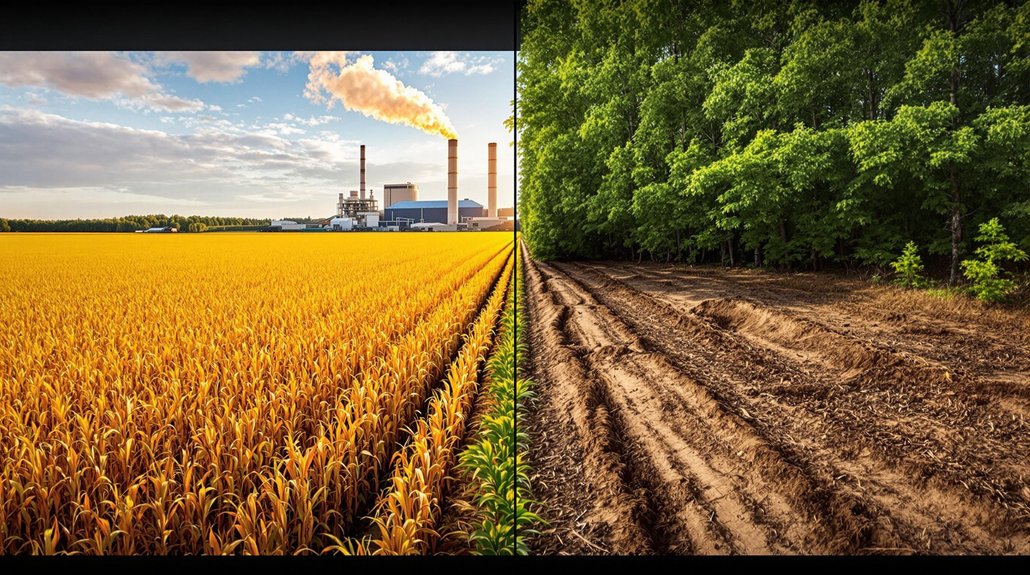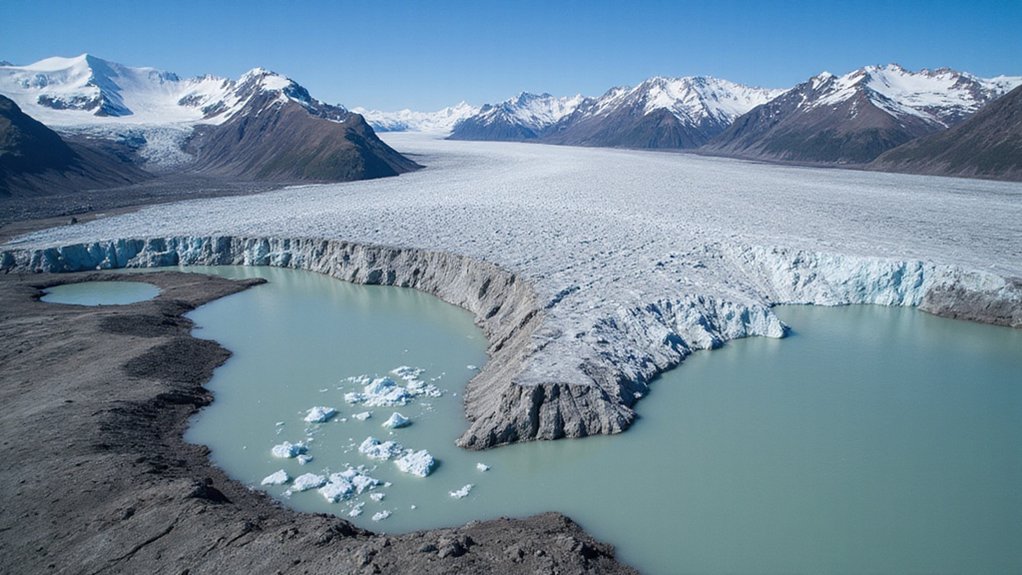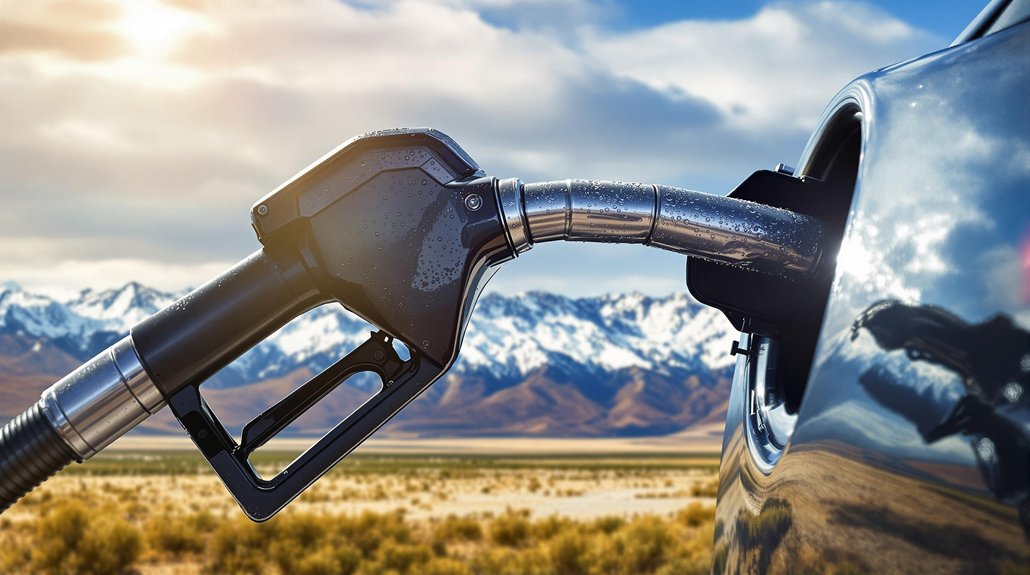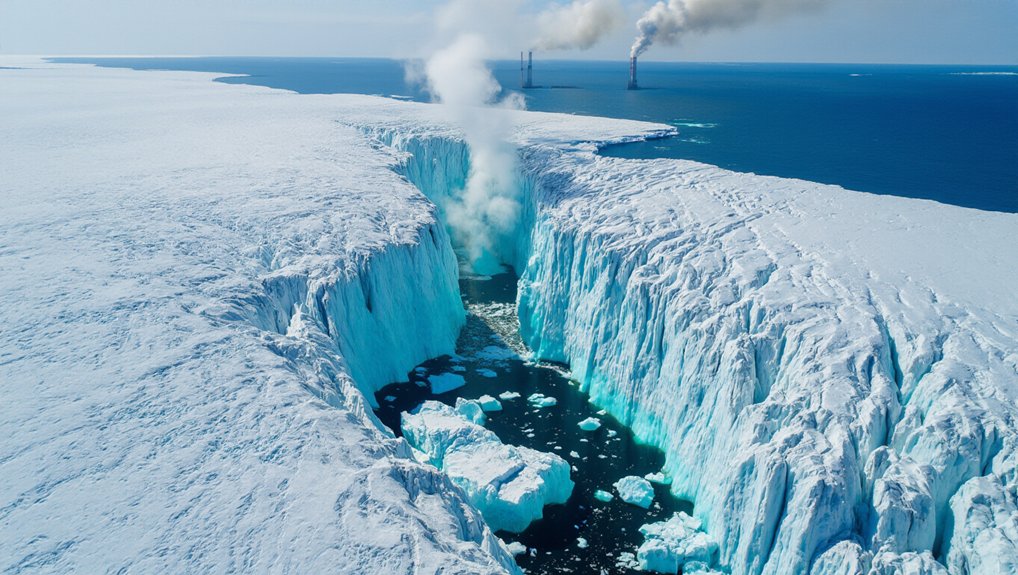Biofuels present a classic environmental catch-22. They reduce greenhouse gas emissions—cellulosic ethanol by up to 86%—yet often trigger deforestation that cancels climate benefits. Sure, they boost rural economies and energy independence, but food prices rise when crops become fuel. Second-generation technologies show promise, but aren’t ready for primetime. Government mandates keep the industry afloat, not market forces. Nature’s ledger doesn’t accept creative accounting. The messy reality awaits beneath the green veneer.
Why are we still debating biofuels after decades of development? The answer isn’t simple. Biofuels promised a greener future, slashing greenhouse gas emissions while weaning us off fossil fuel addiction. Reality check: it’s complicated.
Sure, cellulosic ethanol can cut emissions by up to 86%. Impressive. But when farmers clear forests to grow biofuel crops, those climate benefits vanish faster than ice cream on a hot sidewalk. One hand giveth, the other taketh away. Classic sustainability paradox.
The climate math of biofuels: saving emissions until the chainsaws start. Nature’s ledger doesn’t forgive creative accounting.
Energy security sounds great on paper. Less foreign oil, more jobs in rural America, diversified fuel sources. Who wouldn’t want that? The problem? Food prices climb when crops go into gas tanks instead of grocery stores. Try explaining “energy security” to someone who can’t afford bread because corn became ethanol.
The economics get messy too. Billions added to GDP, employment opportunities in agriculture and manufacturing. But let’s be honest – without government mandates and subsidies, most biofuels wouldn’t survive in the marketplace. They’re policy babies, not free-market darlings.
Technology might save us. Second-generation biofuels use non-food biomass. Algae-based fuels promise high yields. Scientists are playing genetic engineer with crops. Sounds futuristic, right? But we’re not there yet. Not even close.
Meanwhile, policies like the Renewable Fuel Standard and EU Renewable Energy Directive keep pushing biofuels forward. California rewards low-carbon options. Tax credits and mandates create a regulatory framework that serves as crucial incentives for continued investment in the biofuel industry. The regulatory landscape is a patchwork quilt of good intentions.
The truth? Biofuels aren’t heroes or villains. They’re tools – imperfect ones. Sometimes they help. Sometimes they hurt. In the Midwest, they’ve led to 75% of arable land being dedicated to corn and soy, dramatically reshaping the region’s agricultural landscape. Depends on the feedstock, production method, land use changes, and a dozen other factors.
Traditional biomass energy from direct combustion of wood has been humanity’s primary energy source until the mid-1800s, demonstrating our long relationship with bioenergy.
After decades of development, we’re still debating because there’s no clear winner. Just trade-offs. Welcome to the messy middle of energy shifts. Not exactly bumper sticker material, is it?








